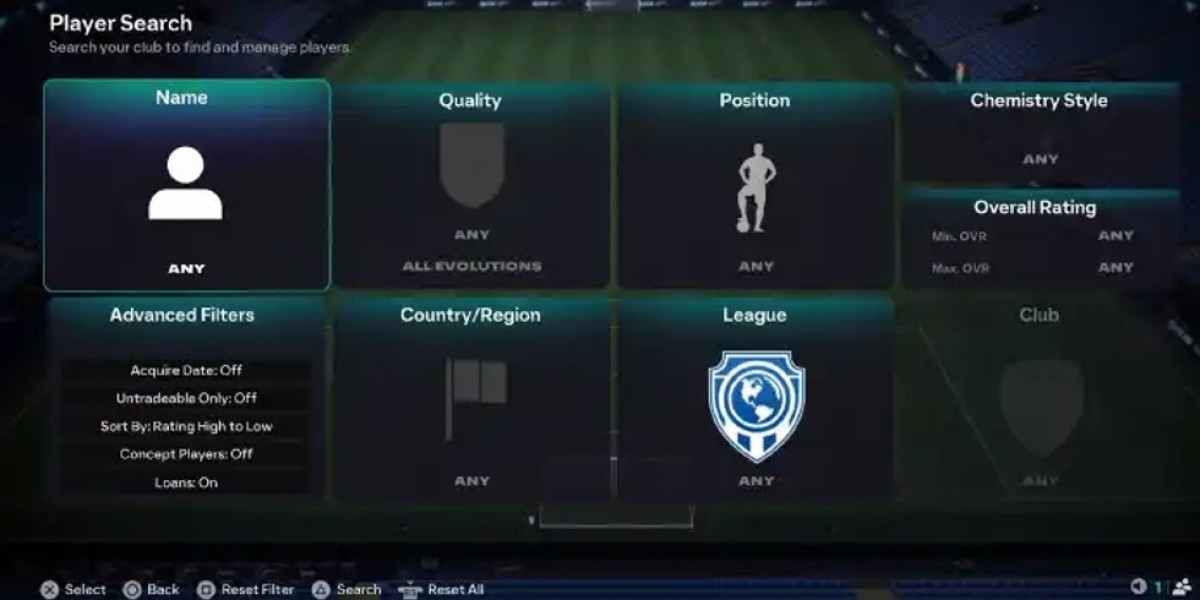Safety isn’t a side topic—it’s the structure that makes competition sustainable. When leagues, coaches, and players commit to consistent standards, they transform sport from high-risk entertainment into a long-term practice of excellence. Many governing bodies now treat Health and Safety in Athletics as a measurable objective rather than an abstract principle. That means safety audits, certification programs, and mandatory reporting have become part of the competitive landscape.
The strategist’s question is simple: how can any sports organization build, maintain, and improve its own safety standards effectively?
Step 1: Establish a Clear Baseline
Every safety framework starts with assessment. Before adding new rules or equipment, leaders must identify current risks. That involves three steps:
1. Inventory physical conditions — playing surfaces, gear, lighting, and facility layouts.
2. Review medical data — track injuries, recovery times, and recurring issues.
3. Evaluate human factors — coach training, scheduling intensity, and emergency preparedness.
Without a data-backed baseline, changes often rely on assumptions. A proper audit shows where the greatest exposure lies, whether that’s poor ventilation in indoor arenas or uneven turf at community fields.
Step 2: Adopt Standardized Protocols Across Levels
Uniformity prevents confusion. Safety guidelines lose impact when rules differ between age groups or divisions. National federations and local clubs can align by referencing established frameworks such as ISO 45001 for occupational health or the National Athletic Trainers’ Association consensus statements for sports medicine.
Creating shared terminology—like defining “concussion protocol” or “return-to-play clearance”—ensures that everyone from referees to parents speaks the same operational language. It’s the difference between reacting to injuries and preventing them systematically.
Step 3: Integrate Technology Into Daily Routines
Technology has become a silent referee in modern sports. Wearable sensors measure workload, hydration, and heart rate, providing early warnings before fatigue leads to mistakes. Video analysis tools also help identify unsafe movement patterns. The challenge lies not in access, but in integration—data should inform real-world actions.
Teams that follow espncricinfo reports have seen how elite cricket squads use digital dashboards to manage player load and predict stress-related injuries. Translating those insights into youth or amateur programs doesn’t require high budgets—just disciplined use of available tools, from smartphone trackers to digital injury logs.
Step 4: Build a Safety-First Culture
Rules and technology fail without human commitment. Athletes must view safety not as restriction but as self-respect. Coaches can model this by prioritizing warm-ups, hydration breaks, and honest communication about discomfort or fatigue. Institutions should recognize safety compliance in the same way they reward performance—through positive reinforcement and visibility.
Regular briefings, anonymous feedback channels, and mentorship programs all build trust. When athletes believe their health matters more than short-term results, they take ownership of their routines and recovery.
Step 5: Create Transparent Accountability Systems
The most sustainable programs measure compliance and consequences. Safety officers or committees should issue periodic reports summarizing incidents, policy updates, and response times. This transparency builds credibility with parents, fans, and sponsors alike.
Public accountability also prevents complacency. When organizations publish clear metrics—such as reduction in injuries or increased emergency response speed—they turn abstract standards into tangible progress.
Step 6: Review and Revise Annually
Safety standards aren’t static. New research, equipment innovations, and environmental conditions demand yearly updates. A structured review cycle should include:
· Post-season evaluations of incidents and near-misses.
· Consultation with medical professionals for new evidence.
· Adjustments to training load or competition calendars based on findings.
This cycle of iteration mirrors the way athletes train: assess, adapt, improve. Each review keeps programs relevant and responsive rather than reactive.
Step 7: Align Local Efforts With Global Responsibility
True protection extends beyond borders. Sports federations increasingly recognize that shared frameworks benefit all participants, not just elites. Aligning local initiatives with international best practices reflects a broader commitment to fairness and equity in competition. It echoes the principle behind Health and Safety in Athletics—that every athlete, regardless of level or geography, deserves consistent protection.
Conclusion: From Compliance to Commitment
Safety standards become meaningful only when they move from paperwork to behavior. Setting rules, collecting data, and adopting technology are necessary steps—but cultivating awareness, trust, and shared responsibility is what sustains them. By viewing protection as an ongoing project rather than a finished checklist, sports organizations can build cultures where excellence and well-being reinforce each other.
That’s the real strategy: a plan that keeps athletes thriving, seasons consistent, and the spirit of sport alive for generations.







